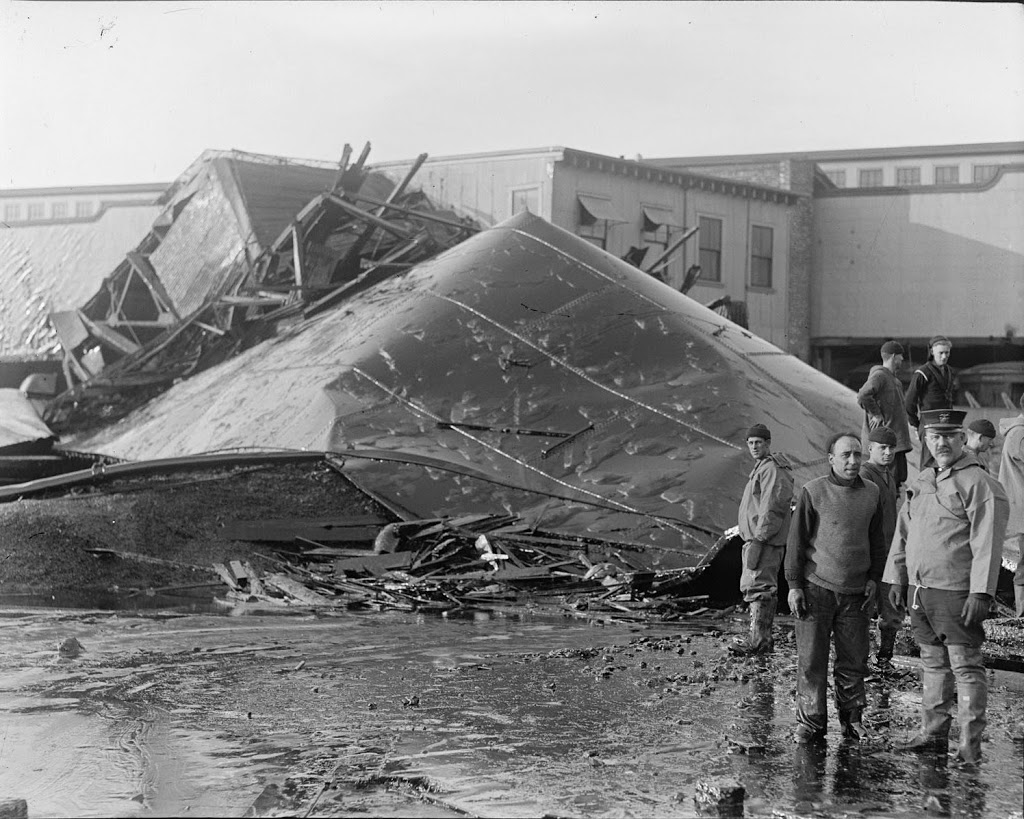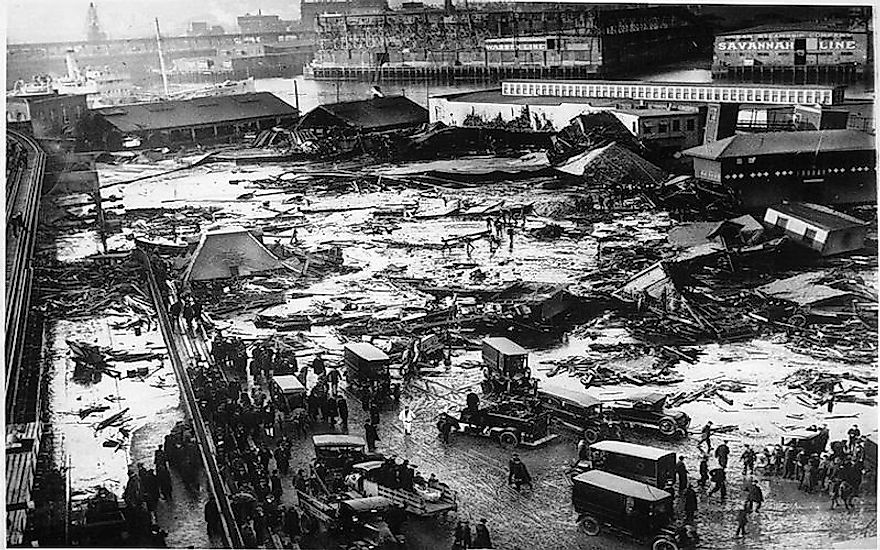

Property damage was close to $100 million in today’s currency. The Great Molasses Flood caused the death of 21 people and killed countless animals. The force by which the gooey substance moved was enough to sweep away cars and trucks, demolish buildings and even take out one of the supports for the elevated train that moved above the city. On January 15, 1919, following the failure of a storage tank, a wall of molasses 15 feet high flowed through the North End neighborhood of Boston at a speed of up to 35 miles per hour. But, sometimes truth is stranger than fiction! To those who have never heard an account of this disaster, it sounds too strange to be true. One example is the case of the Great Molasses Flood. And, sometimes the history of the city sounds like folklore. You may view either or both versions when you purchase this courseīoston is home to much history and folklore. Preview a portion of the interactive version of the course, designed to provide a multi-media learning experience that you complete at your computer. Interested more MIT-flavored history? Read a Slice post about The Technologist, a historical thriller that pits members of MIT's first graduating class against an evil genius setting off disasters in the Boston area in in 1868.Preview a portion of this course before purchasing it. He also was a founding member with Frederic Fay 1893 and Sturgis Thorndike 1895 of the engineering company Fay, Spofford & Thorndike, which now has offices in New York and New England. Spofford continued a distinguished career of teaching and research at MIT until retiring in 1940.

Ultimately the company paid the modern equivalent of several million dollars in out-of-court settlements. Spofford calculated, “A stress as great as 18,000 pounds per square inch is as high as should have been permitted under any circumstances.” However, the fatal load of 2.3 million gallons exerted pressure of 31,000 pounds per square inch on the tank walls, “a figure nearly double that which should have been allowed.” He noted, “The factor of safety is but 1.8, while ordinary practice would have called for from 3 to 4.”Īfter several years of hearings, a court-appointed auditor found USIA responsible. With its weak walls and shortage of rivets, he concluded, “In my judgment, the tank was improperly designed and its failure was due entirely to structural weakness.” In fact, during the initial explosion, witnesses described rivets shooting out everywhere like machine gun bullets. In addition, the tank lacked enough rivets to properly fasten the plates. Spofford examined and tested pieces of the tank at MIT labs.Īccording to Dark Tide: The Great Boston Molasses Flood of 1919 by Stephen Puleo, Spofford reported that the steel plates were thinner than the original plans had called for and could not withstand the pressure of so much molasses. The company hired civil engineering professor Charles Spofford (Class of 1893), an authority on structural engineering and bridge design, to prove that USIA was at fault. US Industrial Alcohol, the company owning the tank, steadfastly blamed anarchists.Īmong the litigants was the Boston Elevated train line, since the flood had severely damaged its overhead rail infrastructure in the North End. Three theories arose to explain the catastrophe: the tank exploded due to fermentation of the molasses anarchists or Bolsheviks set off a bomb, or a structural failure led to disaster. Litigation swiftly followed and lasted for years.

Strong enough to knock houses off their foundations and sweep a train off its tracks, the wave killed 21 and injured 150 in the densely populated area.

Flowing at the unexpected speed of 35 miles an hour, it formed a 15-foot high tsunami of 14,000 tons of viscous goop. On January 15, 1919, a 50-foot-high steel tank holding 2.3 million gallons of molasses suddenly ruptured in Boston’s North End. Almost a hundred years ago, Civil Engineering Department head Charles Spofford investigated and identified the cause of one of Boston’s most sensational disasters, the Great Molasses Flood. To determine causes and liability, many MIT professors and alumni have served as expert witnesses or on fact-finding commissions. Guest blogger: Debbie Levey, CEE technical writerĪccusations and emotions run high after sensational disasters.


 0 kommentar(er)
0 kommentar(er)
